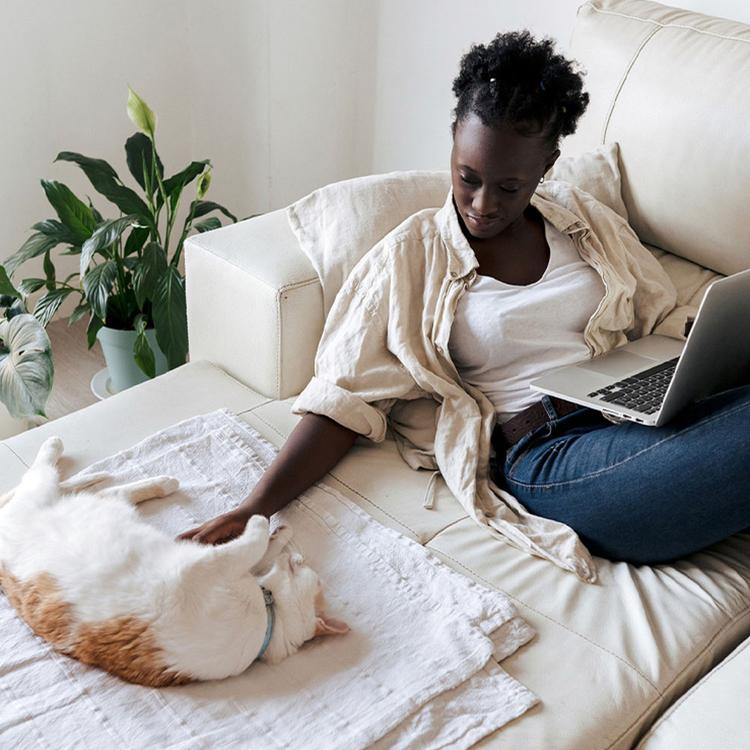
Adoption
Pet Adoption Fees: How Much Does it Cost to Adopt a Pet?
The reality is, it costs a lot of money to care for shelter animals and to keep a shelter clean and safe. Find out what you can expect to pay when bringing a new pet home.

Adoption
The reality is, it costs a lot of money to care for shelter animals and to keep a shelter clean and safe. Find out what you can expect to pay when bringing a new pet home.

Adoption Advice
The reality is, it costs a lot of money to care for shelter animals and to keep a shelter clean and safe. Find out what you can expect to pay when bringing a new pet home.
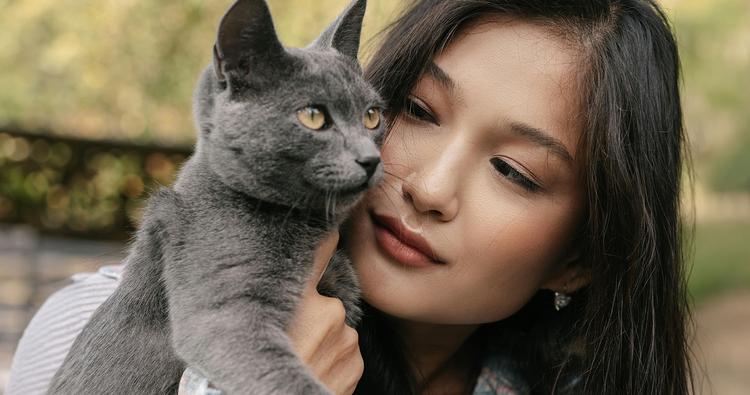
Adoption Advice
Adopting a kitty is a major commitment, but it doesn’t have to be a scary one. Here’s how to know when you’re ready to be the best pet parent ever.
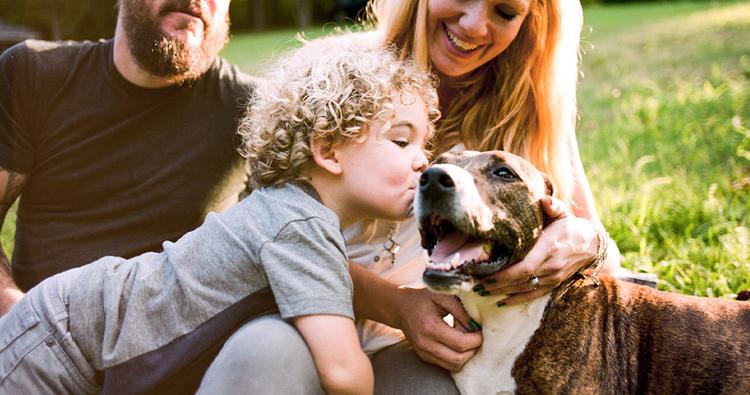
Adoption Advice
Preparing for a new puppy with kids? Read our guide for insights on creating a harmonious bond between your children and new puppy.
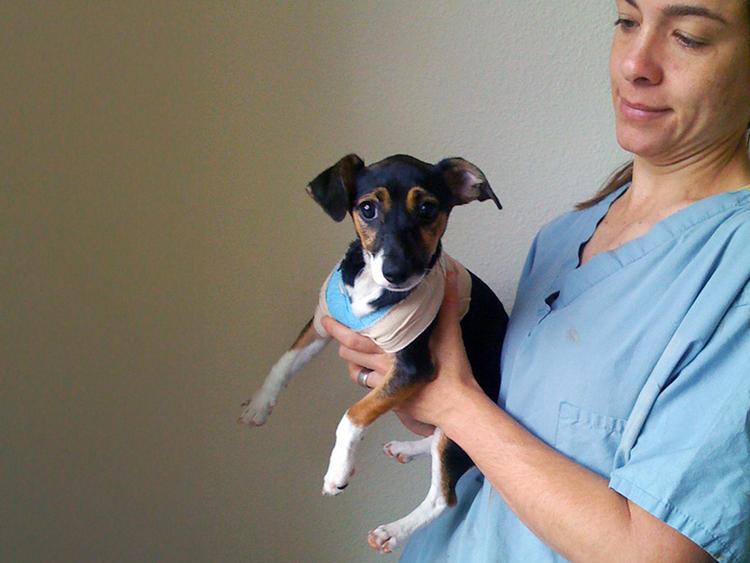
Shelter-rescue
What pet parents should know about adopting a parvo puppy.

Shelters & Rescue
What pet parents should know about adopting a parvo puppy.
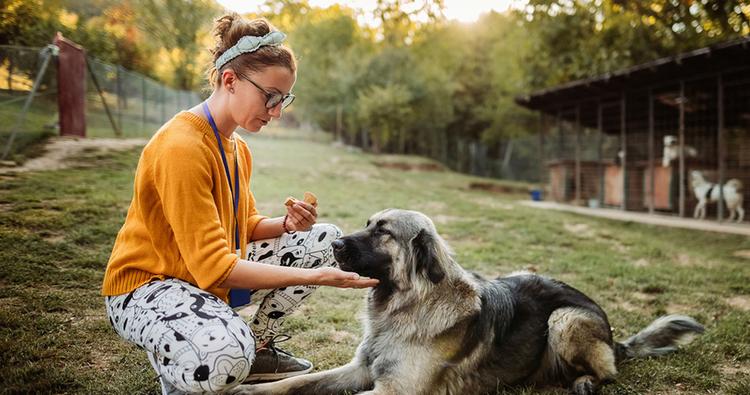
Shelters & Rescue
Looking to adopt, but not sure which type of pet adoption organization is right for you?
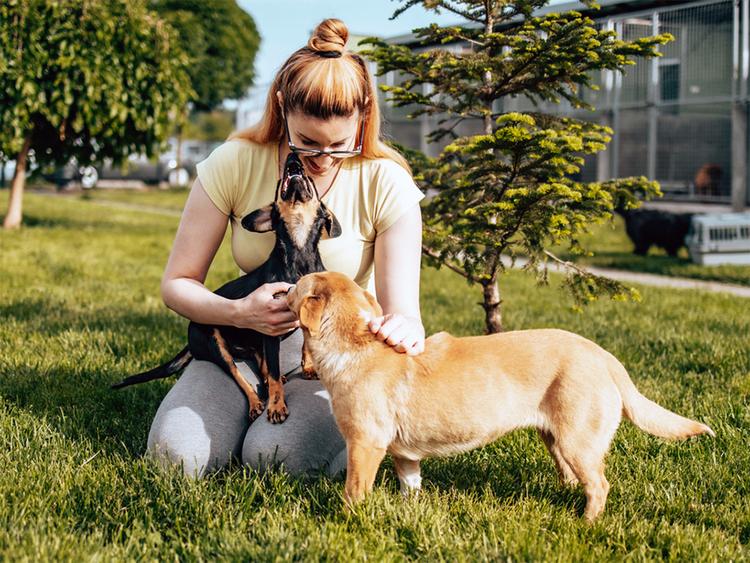
Shelters & Rescue
If you’re in search of a pup with a big personality in an adorably small package, you’ve come to the right place.
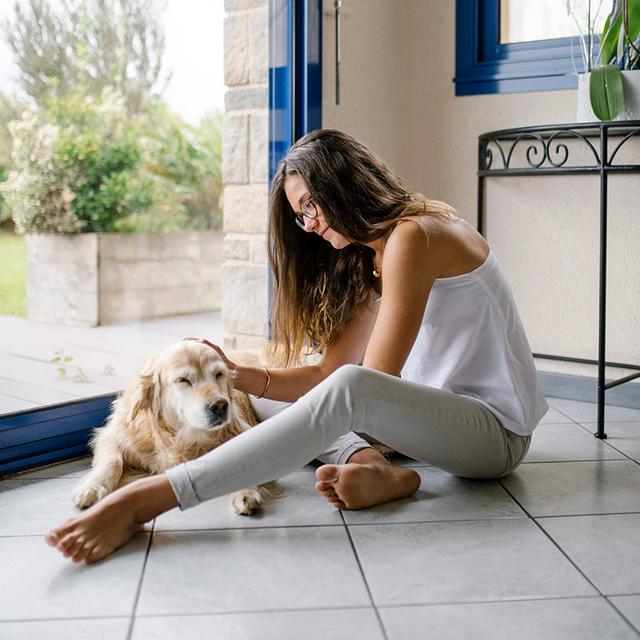
Foster & Volunteer
Thinking about fostering? Here’s how much you can expect to pay for everything from food to vet care.
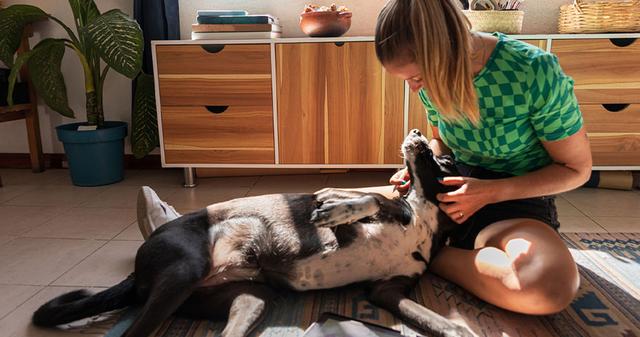
Foster & Volunteer
Thinking about fostering a dog? Read more to learn about the fostering process and what to expect.

Foster & Volunteer
Thinking about fostering a cat? Here are 6 things you should consider before making the decision.
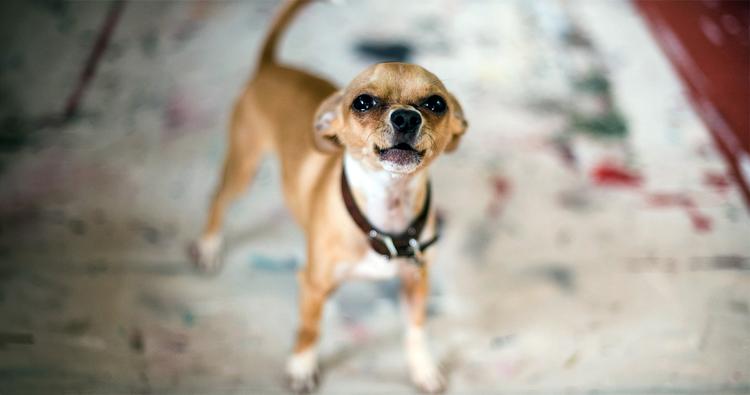
Behavior-training
If your dog won’t stop barking, don’t despair. There are several steps you can take to train your dog to quiet down.

Behavior & Training
If your dog won’t stop barking, don’t despair. There are several steps you can take to train your dog to quiet down.
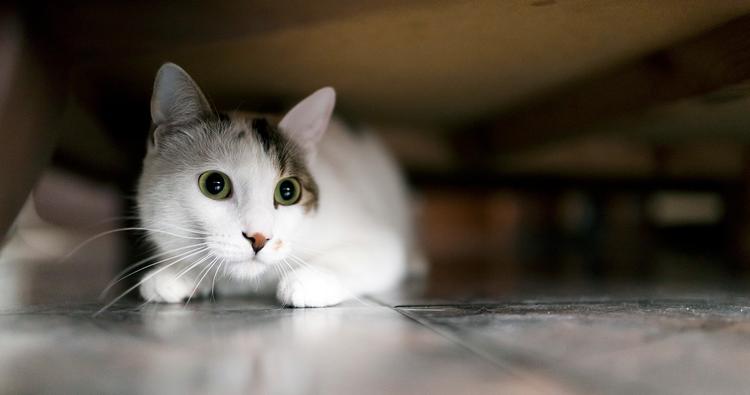
Behavior & Training
Is your cat hiding? Don’t worry, it’s totally normal. Here’s how to help them adjust.
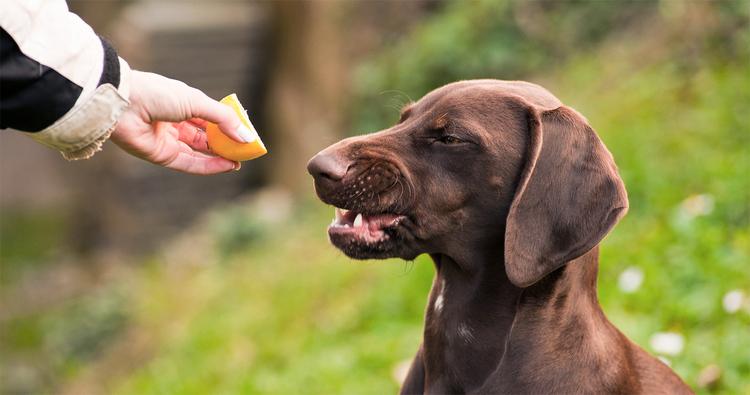
Behavior & Training